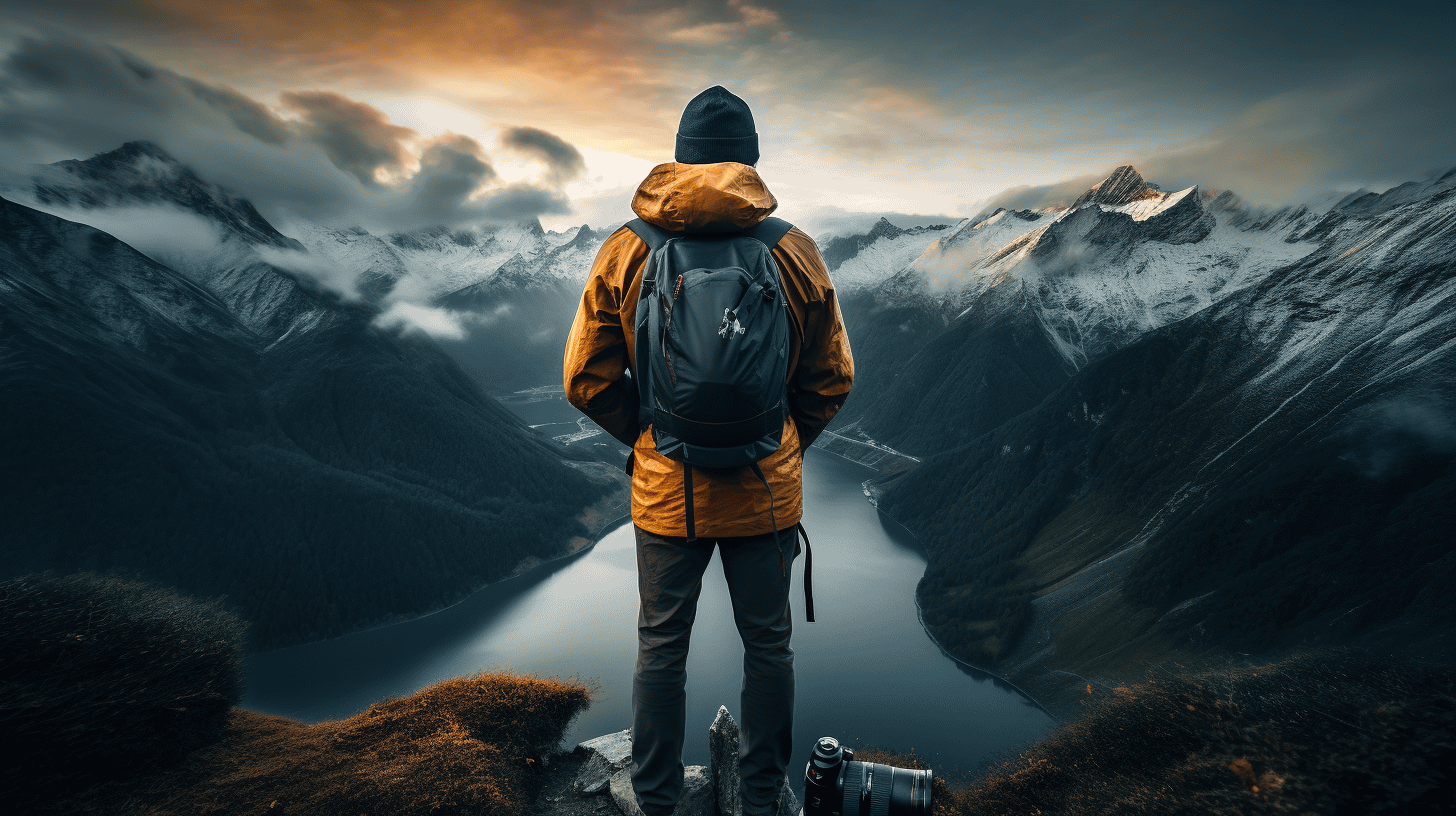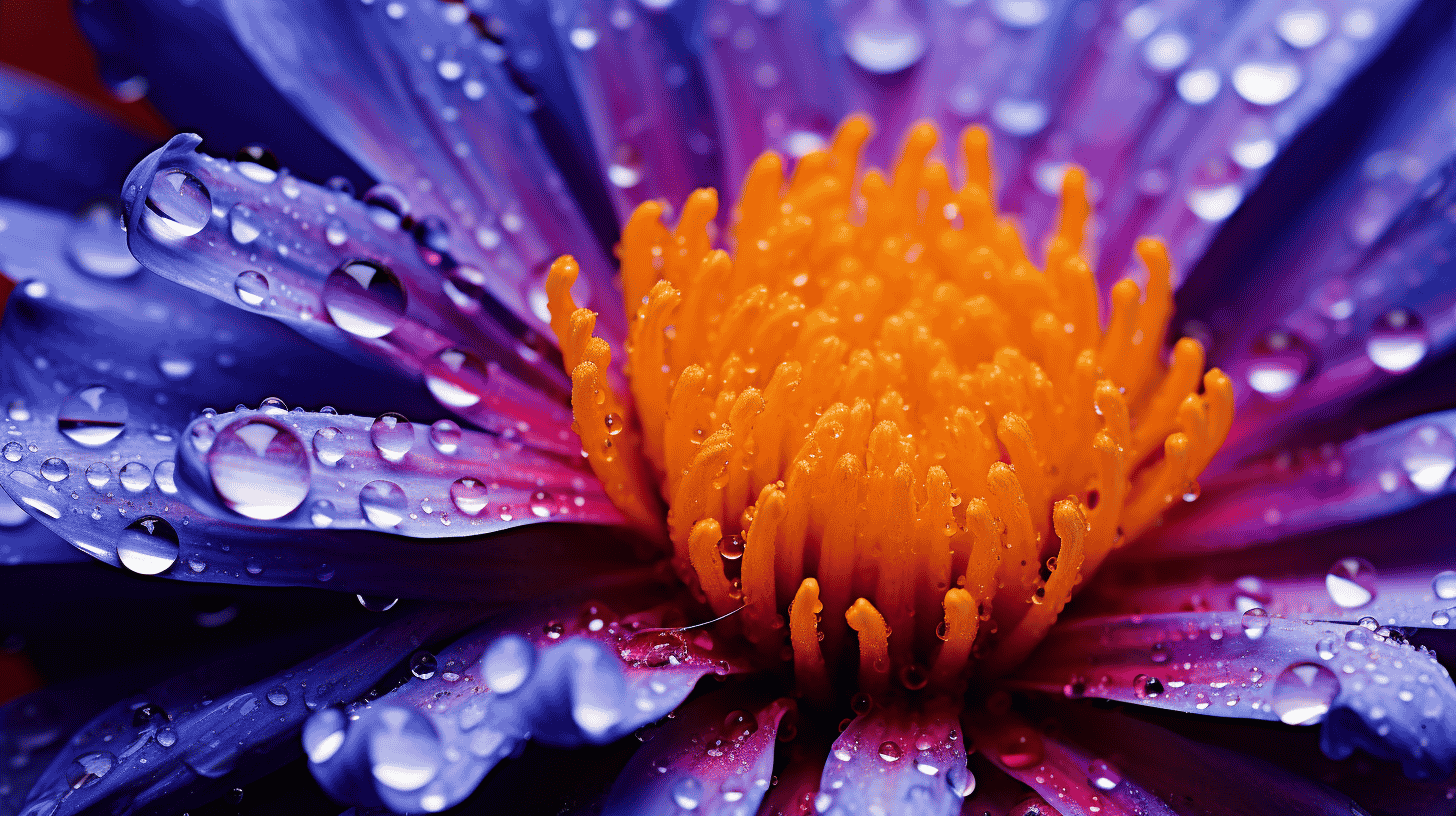In the world of product photography, capturing stunning images that showcase the best features of a product is crucial. High-quality images can help attract potential customers, boost online sales, and further enhance a brand’s image. Therefore, investing in the right camera is essential for any product photographer. In this comprehensive article, we’ll guide you through some of the best cameras suitable for product photography and discuss the features and benefits of each model. Prepare to become a master of product photography with these top cameras at your disposal.
Table of Contents
- Understanding Camera Basics
- DSLR Cameras for Product Photography
- Mirrorless Cameras for Product Photography
- Medium Format Cameras for Product Photography
- Budget-friendly Cameras for Product Photography
- Picking the Right Camera for Your Needs
- Frequently Asked Questions
- Canon EOS 5D Mark IV – This full-frame DSLR boasts a 30.4 MP sensor, excelling in image quality and detail. Its versatility and wide selection of compatible lenses make it a reliable choice for product photographers.
- Nikon D850 – With a 45.7 MP full-frame sensor, this DSLR is capable of capturing stunning product photographs. The wide dynamic range and excellent low light performance further add to its appeal.
- Canon EOS 90D – An APS-C sensor DSLR with a 32.5 MP resolution, the 90D is a more budget-friendly option that still delivers impressive image quality, making it a great choice for aspiring product photographers.
- Sony A7R IV – This full-frame 61 MP powerhouse offers incredible resolution and image quality, making it a top choice for capturing detailed product images. Its compact design and wide range of available lenses further enhance its appeal.
- Nikon Z7 II – With a 45.7 MP full-frame sensor and a wide array of Z-mount lenses, the Z7 II offers the same high-quality images as its DSLR counterpart, the Nikon D850, while being a smaller, more portable option.
- Fujifilm X-T4 – An APS-C sensor mirrorless camera sporting a 26.1 MP resolution, the X-T4 is a fantastic option for product photography. Its retro design, weather sealing, and stellar image quality make it a popular choice among photographers.
- Phase One XF IQ4 – This camera features an astounding 151 MP resolution, offering unrivaled detail and color accuracy. The XF IQ4 is considered one of the best medium format cameras in the world but comes with a hefty price tag.
- Fujifilm GFX 50S – A more budget-conscious medium format option, the GFX 50S has a 51.4 MP resolution and delivers excellent image quality, perfect for high-end product photography.
- Hasselblad X1D II 50C – With a compact design, a 50 MP resolution, and the classic Hasselblad color science, the X1D II 50C is an exceptional medium format camera for capturing stunning product images.
- Canon EOS Rebel T8i – This entry-level DSLR features a 24.1 MP APS-C sensor and a wide range of compatible lenses. Its affordable price makes it a great option for those new to product photography.
- Sony A6400 – A mirrorless camera with an APS-C sensor and a 24.2 MP resolution, the A6400 offers impressive image quality at a budget-friendly price. Its autofocus capabilities and compatibility with countless lenses make it a strong option for product photographers.
- Olympus OM-D E-M10 Mark IV – This micro four thirds mirrorless camera packs a 20.3 MP resolution and offers a compact, intuitive design ideal for beginners. Its smaller sensor size may not provide the same level of detail as the alternatives mentioned above, but it still delivers great image quality for those on a budget.
- Budget – Determine how much money you are willing to invest in your camera and lenses. Remember that high-quality lenses are just as important as the camera body itself.
- Sensor Size and Resolution – Prioritize cameras with larger sensors and higher resolutions, as they tend to produce better image quality.
- Available Lenses – Ensure that the camera you choose has a wide range of compatible lenses, as it is crucial to have the right lens for the job in product photography.
- Ease of Use – If you are new to photography or prefer a more user-friendly camera, consider options with intuitive controls and simple menus.
- Size and Weight – If portability is a concern, consider mirrorless cameras, which are lighter and more compact than their DSLR counterparts.
Understanding Camera Basics
Before diving into the world of cameras for product photography, it’s important to understand some basic terminology that will help you make informed decisions when choosing the best camera for your needs.
Resolution
Resolution refers to the number of pixels in an image, usually expressed in megapixels (MP). A higher resolution generally translates to more detail and sharper images, which can be beneficial in product photography.
Sensor Size
A camera’s sensor size directly impacts the resolution and depth of field. Larger sensors are capable of capturing more information, leading to better image quality and low light performance. Common sensor sizes include full-frame, APS-C, and micro four thirds.
Lenses
Choosing the right lens for your camera is crucial in product photography. Different focal lengths present different perspectives, and a high-quality lens will help ensure the best image quality possible.
DSLR Cameras for Product Photography
Digital Single-Lens Reflex (DSLR) cameras have long been the standard for professional photographers due to their excellent image quality, versatility, and broad range of available lenses. Below are some of the top DSLR cameras for product photography:
Mirrorless Cameras for Product Photography
Mirrorless cameras are gaining popularity among photographers due to their compact sizeand lighter weight compared to DSLR cameras. Additionally, they offer similar image quality and lens options, making them a strong contender for product photography. Some of the best mirrorless cameras for product photography include:
Medium Format Cameras for Product Photography
Medium format cameras come equipped with even larger sensors compared to full-frame cameras, resulting in unparalleled image quality, detail, and color depth. However, they can be quite expensive and are typically used by professional photographers working in high-end commercial product photography. Here are a few standout medium format cameras:
Budget-friendly Cameras for Product Photography
For those working with a tighter budget, there are still plenty of cameras with solid image quality suitable for product photography. Some budget-friendly options to consider:
Picking the Right Camera for Your Needs
Choosing the best camera for your product photography needs largely depends on your budget, desired image quality, and personal preferences. To help you narrow down your options, consider the following factors:
While there is no single “best” camera for product photography, exploring the options and considering these factors should help you find the perfect camera to suit your unique needs and capture stunning product images.
Frequently Asked Questions
Do I need a full-frame camera for product photography?
A full-frame camera is not strictly necessary for product photography. While it does offer improved image quality and performance compared to APS-C and micro four thirds sensor cameras, many professionals still achieve excellent results using smaller sensor cameras. It ultimately depends on your personal preferences and budget.
Which lens should I use for product photography?
Prime lenses with a moderately long focal length (such as 85mm or 100mm) are commonly recommended for product photography, as they provide a flattering perspective and minimize distortion. However, the best lens for you depends on the specific products you shoot and your personal preferences. Consider investing in multiple lenses to cover a range of focal lengths and shooting scenarios.
Are medium format cameras worth the investment for product photography?
Medium format cameras are often used by high-end commercial product photographers due to their unparalleled image quality and detail. However, they are also quite expensive. If you have the budget and are aiming for the highest level of detail and color accuracy in your images, a medium format camera could be worth considering. For most product photographers, DSLR and mirrorless options should suffice.
What camera settings should I use for product photography?
While the ideal camera settings depend on your specific shooting environment and desired results, consider using a low ISO, a smaller aperture (higher f-number) to maintain sharpness and depth of field, and a moderately long focal length to minimize distortion. Also, ensure you use a tripod and possibly a remote shutter release to minimize camera shake and maintain the sharpness of your images.
With the information provided in this article, you are well-equipped to choose the best camera for your product photography needs and to start capturing stunning images to showcase your products. Remember that practice makes perfect, and mastering your craft takes time. Keep experimenting with different cameras, lenses, and techniques to achieve the best outcome for your specific needs. Good luck, and happy shooting!




0 Comments